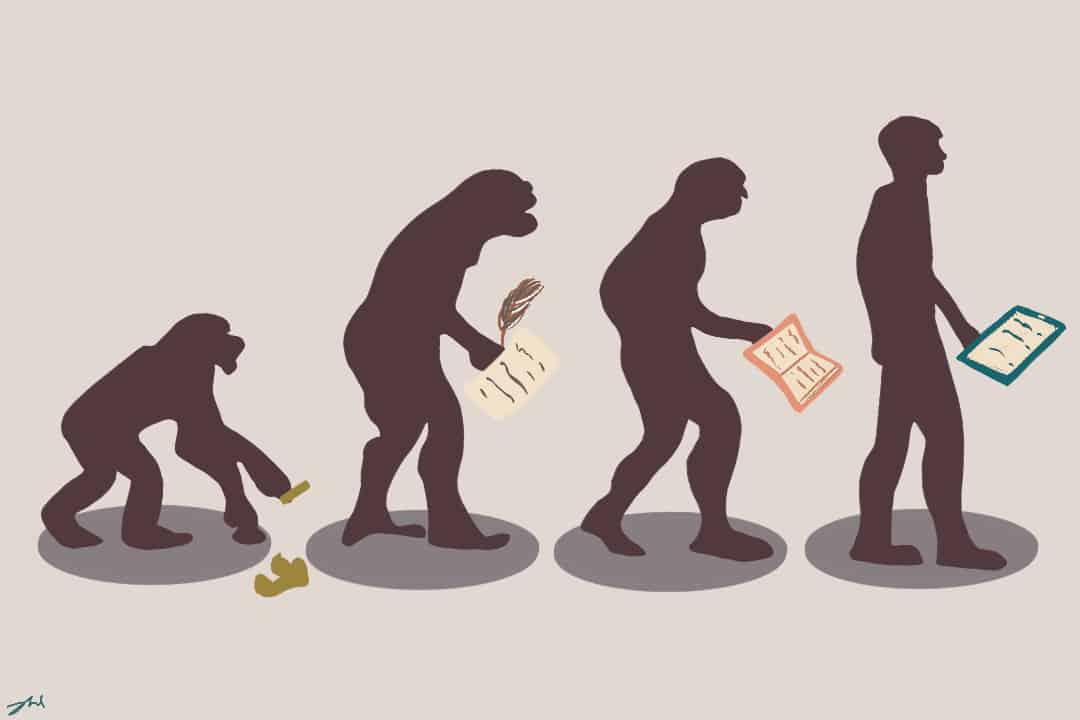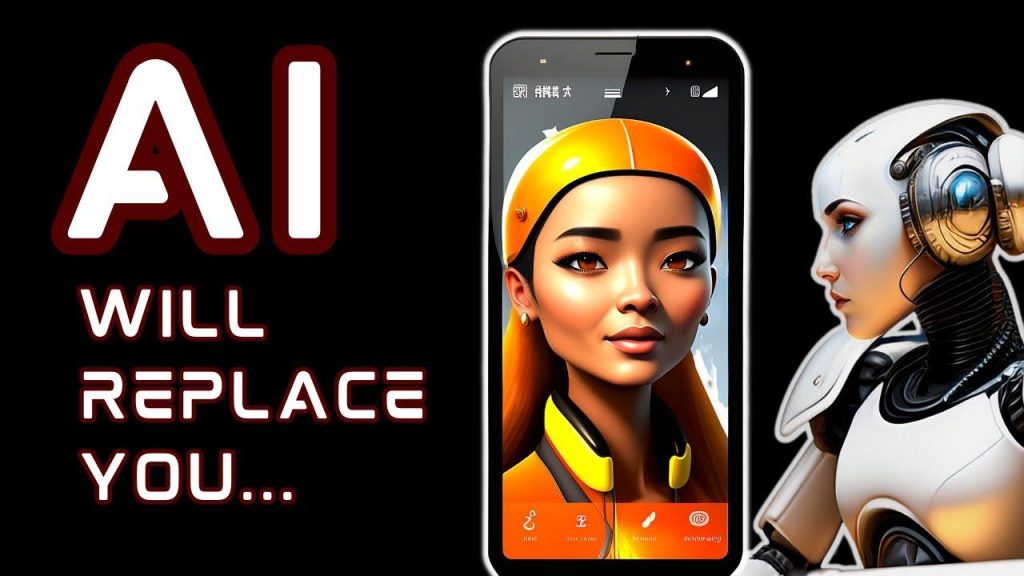In a rapidly changing job landscape, the rise of artificial intelligence (AI) is igniting intense debates over the future of work. As industry leaders and workers alike grapple with the implications of automation, concerns are mounting about the potential loss of human creativity and expertise in storytelling and design. During a recent discussion, concerns were raised about the importance of having a human touch in content creation, with one participant emphasizing that storytelling should remain a deeply human endeavor rather than being left solely to algorithms. With projections suggesting that a staggering 800 million jobs could be at risk from AI automation by 2030, the focus is shifting towards understanding which professions might potentially be the most vulnerable.From graphic designers facing competition from powerful design tools to translators and interpreters adjusting to advanced language processing software, the effects of AI are becoming increasingly evident across various industries. As we explore the 11 sectors predicted to be hit hardest by AI advancement, the conversation highlights a critical question: can human creativity and expertise endure in a world increasingly dominated by machines?
The Importance of Human Storytelling in a High-Tech World
In the fast-evolving landscape shaped by technology, the unique capacity for human storytelling emerges as a vital asset that resists the tide of automation. Unlike algorithms, which can generate data-driven narratives, genuine storytelling weaves emotion, empathy, and moral complexities into its fabric. It engages audiences by encompassing their shared experiences and cultural contexts, an element that machines struggle to replicate effectively. As industries adopt AI technologies, the challenge lies in not just embracing these tools but also in harnessing the irreplaceable qualities that human narrators bring to the table.
As we witness unprecedented changes in sectors ranging from marketing to entertainment,the need for authentic narrative voices is more pressing than ever. The art of compelling storytelling thrives on nuances such as tone, emotion, and imagination, which AI often fails to grasp. To adapt and flourish alongside technological advancements, creative professionals must prioritize their unique skills in weaving relatable and resonant tales. By preserving the human touch in their narratives, they can enhance the efficacy of automated tools while ensuring that the core of storytelling—connecting with audiences on a personal level—remains a cherished part of our culture.
The Impending Job Crisis: Professions at Risk from AI Automation
The accelerating integration of artificial intelligence into various job sectors poses critically important threats to traditional roles, especially those reliant on repetitive or predictable tasks.Professionals in areas such as administrative support,transportation,and manufacturing are especially vulnerable to the effects of automation. As AI systems and robotics continue to evolve, organizations are increasingly leveraging technology to streamline operations and reduce labor costs. This trend signals a potential decline in job openings for administrative assistants, truck drivers, and assembly line workers, who may find themselves competing against efficient, machine-driven solutions. The shift towards automation not only impacts job security but also raises concerns about the adequacy of economic safety nets for displaced workers.
Moreover,the rise of AI-enhanced technologies extends its reach into professions that once seemed safe from the shadows of automation.Fields like customer service, healthcare diagnostics, and even legal research are experiencing transformations as intelligent algorithms are utilized to handle inquiries, process medical data, and analyze legal documents. While these advancements can improve efficiency and accuracy, there is an underlying fear about their implications for job retention and professional growth in these domains.For employees in these affected sectors, the challenge lies in adapting to a rapidly changing surroundings where augmenting human skills with technology becomes essential to remain relevant and competitive.
The Evolving Role of Designers in the Age of AI-Driven Tools
As AI tools become increasingly elegant, designers are finding themselves in a landscape that demands adaptability and a redefinition of their creative roles. Traditional design processes are undergoing transformations, enabling rapid prototyping and automated adjustments informed by user data. The focus is shifting from merely creating visuals to embracing a more strategic involvement in user experience and interaction design. Designers now need to master a range of new skills, from understanding complex AI frameworks to employing data analytics in their projects. Their role is evolving from that of an artisan to a pivotal player in the technological ecosystem, and as such, they must cultivate a mindset oriented towards collaboration with AI systems.
In this new dynamic, the balance between human creativity and machine efficiency is crucial.Designers are tasked not just with aesthetics, but with crafting narratives that resonate deeply with users’ needs and emotions. The ability to synthesize human insight with AI capabilities creates opportunities for innovation, fostering designs that are not only functional but also reflect the essence of human experience. As AI-driven tools continue to gain traction,the industry must promote a culture where designers leverage these technologies to enhance their creative outputs while ensuring that the human touch in design remains irreplaceable. The future of design lies in this symbiotic relationship, where technology amplifies creativity, rather than replaces it.
Adapting Translation Skills in an Era of Advanced Language Processing
In the current landscape, language professionals must recalibrate their skills to stay relevant amidst the rise of advanced linguistic technologies. The capabilities of AI in translation and interpretation are expanding, allowing machines to process and translate languages with impressive speed and often admirable accuracy. Though, the subtleties and cultural nuances embedded within language remain challenging for algorithms. To thrive, translators and interpreters need to embrace their unique strengths, such as contextual understanding, emotional intelligence, and cultural sensitivity, which machines cannot replicate effectively. By enhancing their cognitive skills and focusing on high-context translations, professionals can offer insights and interpretations that go beyond mere word-for-word conversion.
To navigate this evolving field, language experts should consider broadening their professional horizons by integrating technology into their workflows. Familiarity with AI tools can enhance productivity, allowing linguists to tackle more complex tasks while ensuring the essence of the original message is preserved. As they do so, it’s essential to engage in continuous learning to understand AI limitations and identify opportunities to contribute their expertise. Key strategies include:
- Staying updated with the latest AI advancements in language processing
- Utilizing AI tools for preliminary drafts, followed by human refinement
- Engaging in niche market segments requiring specialized knowledge
By strategically aligning their skills with technological advancements, translators and interpreters can secure their place in an industry increasingly defined by digital transformation.























